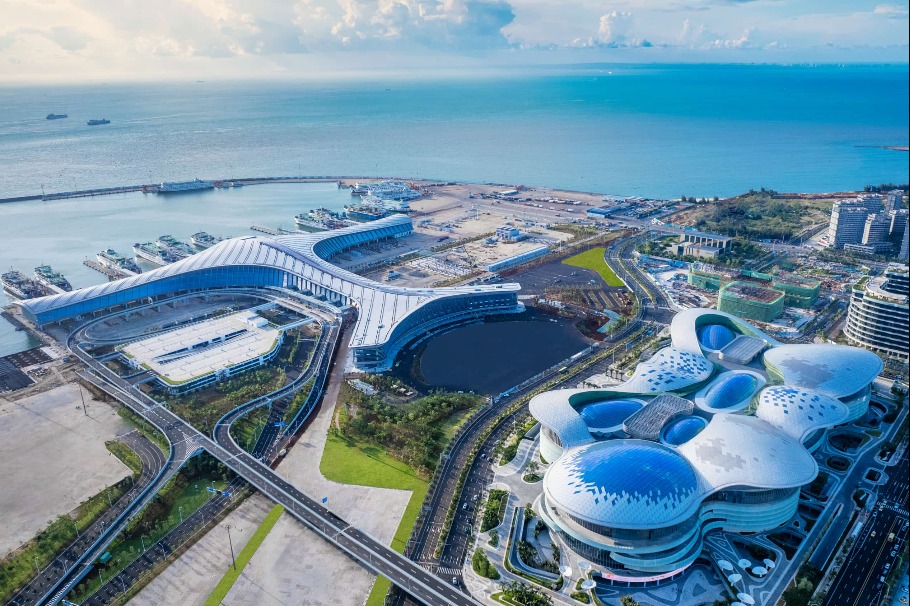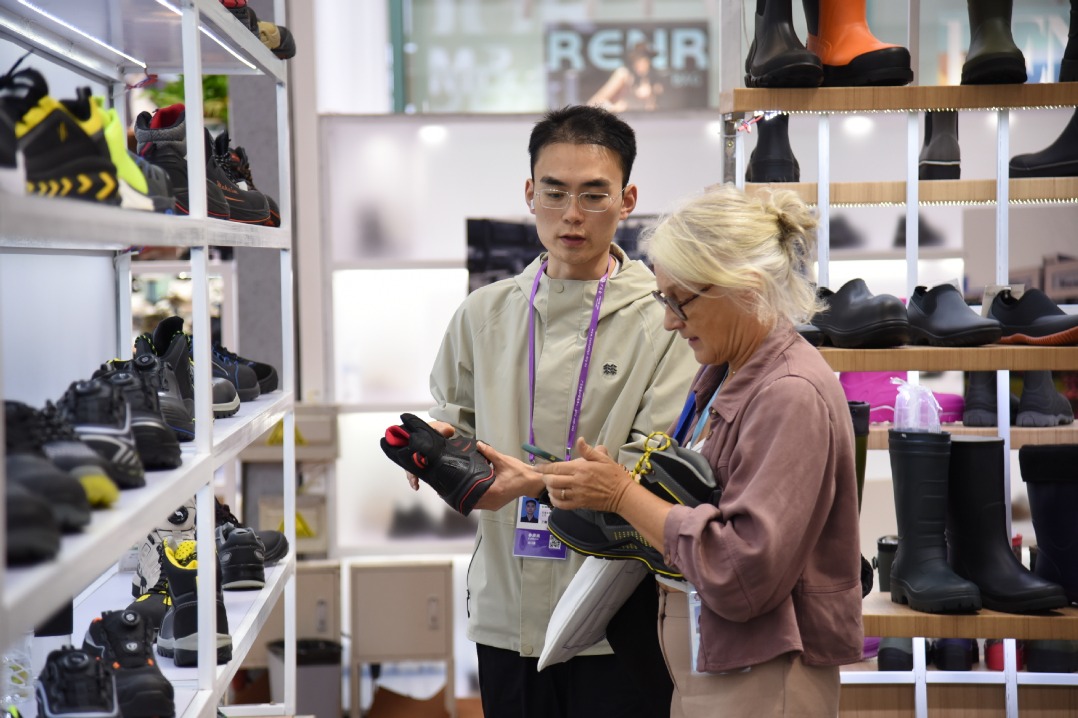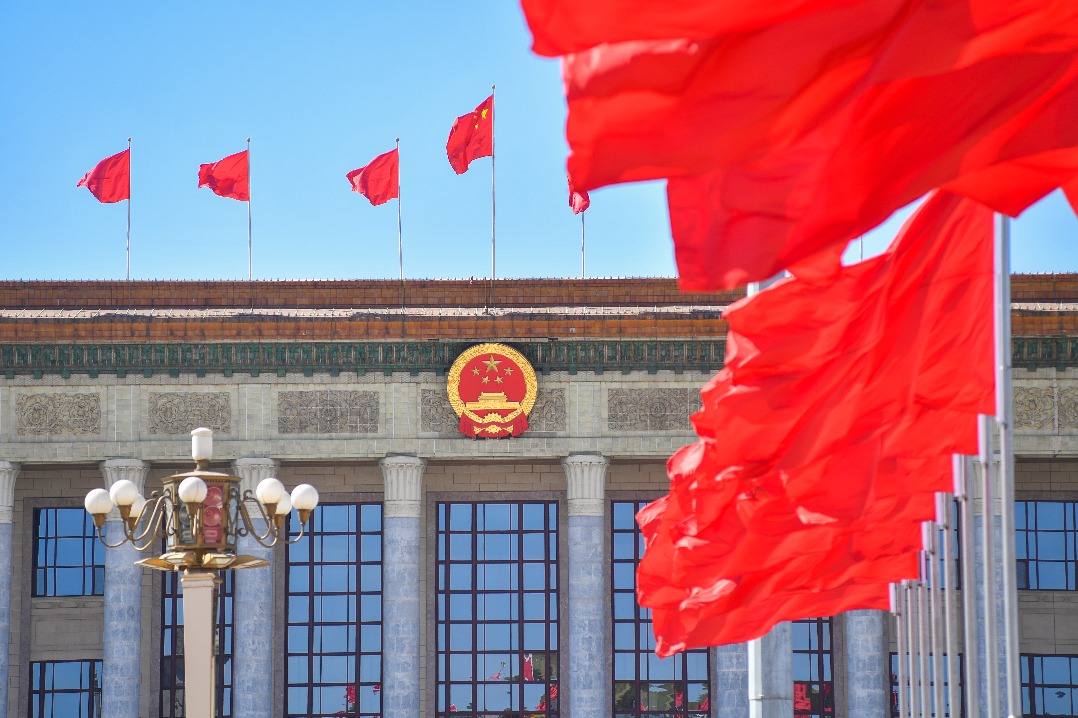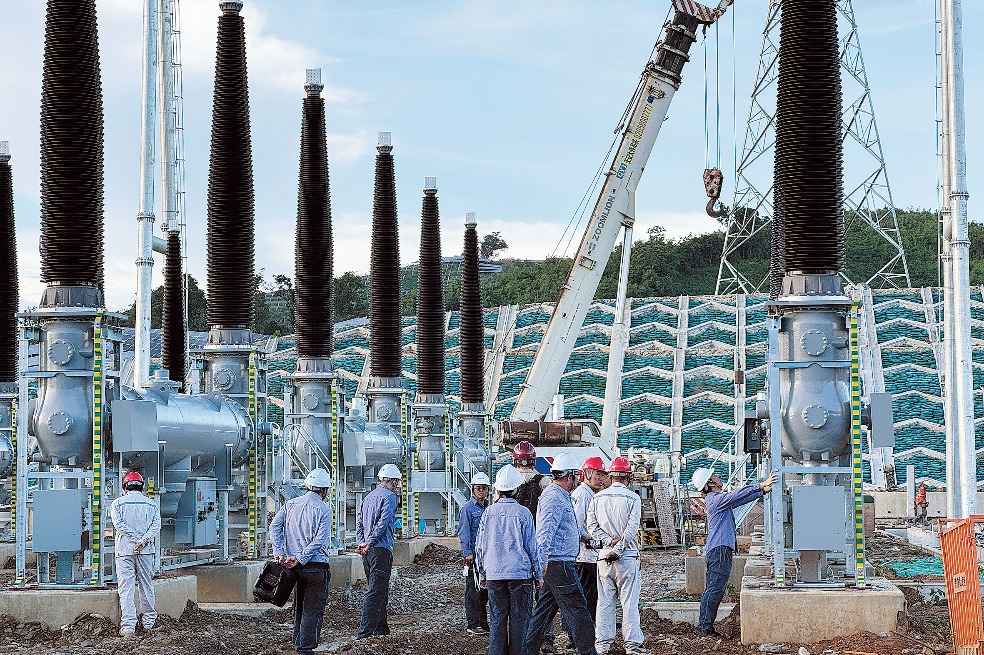Overseas letters of support reveal passionate, enduring patriotic bond

During wartime, letters of support from overseas Chinese communities carried more than words of comfort — they embodied a nation's strength and determination to resist invaders.
An exhibition displaying such letters, called qiaopi, is being held in Shantou, Guangdong province, through to the end of September, marking the 80th anniversary of victory in the Chinese People's War of Resistance Against Japanese Aggression (1931-45) and the World Anti-Fascist War. Held at Shantou Museum, the exhibition titled Letters in Wartime, Attachments to Homeland also highlights the role of the Dongxing remittance route, a financial lifeline during those turbulent years.
Qiaopi, a unique form of correspondence, served as both a letter and money transfers by overseas Chinese people to their families in the provinces of Guangdong and Fujian in the 19th and 20th centuries. These missives often included account books and remittance receipts.
At that time, for countless emigrants, particularly those from Guangdong and Fujian, qiaopi became the primary means of supporting loved ones back home while sharing news, affection and the hope of reunion.
The exhibition sheds light on the vast number of overseas Chinese in North America and Southeast Asia who relied on the secret Dongxing remittance route to send money and related supplies back home to support the war against Japanese aggression.
Chen Jieying, vice-chairperson of All-China Federation of Returned Overseas Chinese, says qiaopi letters are not only vivid pieces of family memory, but also an epic that condenses the history of struggle and patriotism of Chinese who lived abroad.
The Dongxing remittance route which passed through Mong Cai in Vietnam and Dongxing in Guangxi Zhuang autonomous region emerged after the Pacific War broke out and disrupted traditional remittance channels.
Cai Chiyu, vice-chairman of the Shantou Federation of Returned Overseas Chinese, says the Shantou exhibition showcases the devotion of overseas Chinese to their homeland through a selection of cultural relics, historical photos and archives.
In particular, it highlights the magnificent feat of overseas Chinese breaking blockades to open up a financial lifeline, with Dongxing as a hub of resistance.
"As organizers, we hope this event allows more people to understand the historical contributions of overseas Chinese, learn from their patriotism and inherit their spirit of integrity," Cai says.
Before the Pacific War, most remittances and supplies were routed through Southeast Asia — including Thailand and Malaysia — and then on to British-ruled Hong Kong. The Dongxing remittance route ensured that funds and essential supplies continued to flow, bypassing the blockades imposed by the war.
Ma Xuedong, a researcher of culture and history in Shantou, says the Dongxing remittance route was a crucial "blood transfusion line" that sustained the livelihoods of millions of overseas Chinese, with roots in Guangdong's Chaozhou and Shantou and the southern Fujian province.
Ma says this financial artery delivered donations and materials to the rear wartime areas, including Yan'an, a revolutionary base of the Communist Party of China in Shaanxi province. It also facilitated the return of patriotic overseas Chinese to the motherland, many of whom fought in the front lines.
The letters themselves reveal the senders' anguish and resilience. Many accused the Japanese armies of cruelty, urged loved ones to stay safe, and expressed deep concern for the fate of their homeland.
Zhao Yongxing, son of Zhao Kaiqian, a pioneer of the Dongxing remittance route, says he thought of his parents when he saw the qiaopi.
"Back then, my parents' photos were posted all over the street as they were on Japanese wanted list," Zhao says. To him, the exhibition is a way for the public to understand the sacrifices made and the hardships endured.
He adds that the Dongxing route was not just a financial channel but a symbol of resilience and solidarity. It enabled overseas Chinese to remain connected to the motherland and contribute directly to its survival.
Recognized for its historical significance, qiaopi was added to UNESCO's Memory of the World Register in 2013.
Yuan Xiaohong, an associate professor from Shantou Polytechnic, says qiaopi letters are valuable materials for studying the history of modern overseas Chinese.
"Eighty years have passed, we still feel the deep longing of Shantou and Chaozhou people living overseas for their families and hometown."

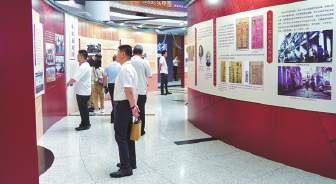
Today's Top News
- Xi stresses adopting high standards for building Hainan Free Trade Port
- China, Samoa exchange congratulations over 50th anniversary of ties
- China shows path to shared modernization
- China's vision expected to benefit Africa
- Cases show need to foster private sector
- Xi champions shared future in cyberspace

















